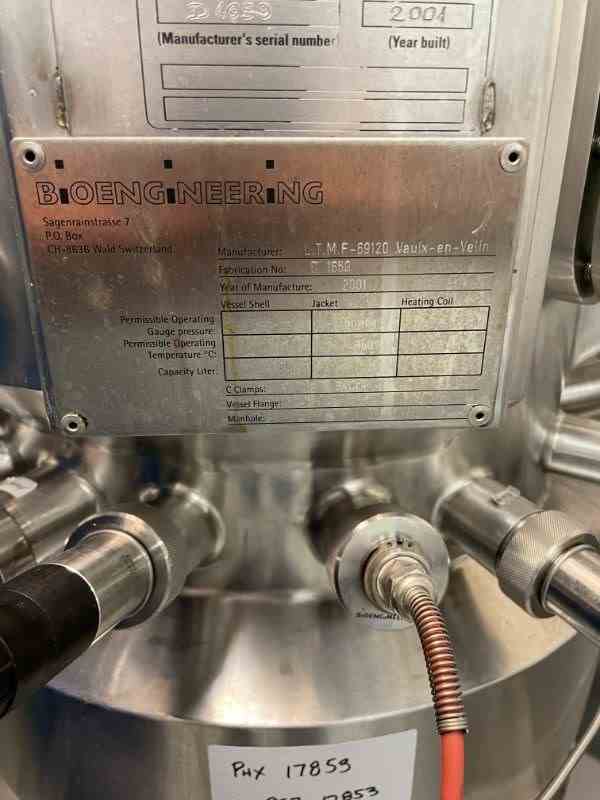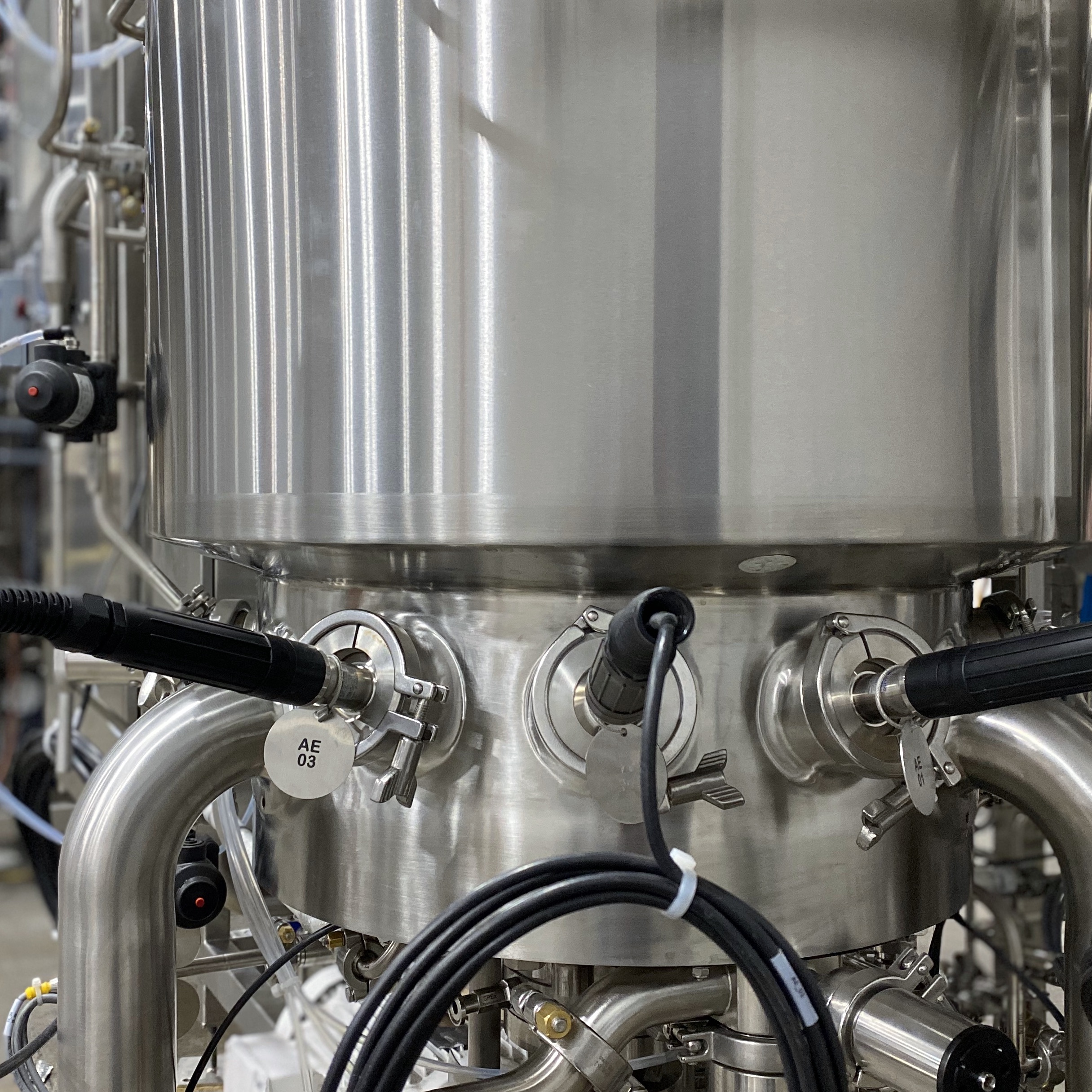

‘There’s lots of different things that end up in this cocktail that we call bio-ink – one of the most time-consuming aspects was to tune this bio-ink to be beneficial for the growth of the algae,’ said Dr Wangpraseurt. A ‘bio-ink’ loaded with nutrients and chemicals was designed to help the microalgae grow well within the 3D tissue construct.
BEST FUEL FOR BIOREACTOR HOW TO
Researchers investigating how to recreate liver tissue were able to advise Dr Wangpraseurt’s team on how to recreate fine structures and details found on the surface of corals. This involved working with bioengineers with expertise in ‘printing’ cells in artificial organ research. The next step was to create a 3D printing technique that could replicate the shape of corals, including their unique light-scattering chemical structure. For example, the coral skeleton is made from calcium carbonate, which allows the coral to scatter light in a way that it can reach dense microalgae growing on it. By recreating coral structures, he and his team hoped to recreate the best conditions for biofuel production.Īs Dr Wangpraseurt explains, these corals have a unique structure that allows photosynthesising algae to thrive in an environment with a lot of competition for space and light. The better a strain can grow in a bioreactor, the larger the yield of biofuel.ĭr Wangpraseurt and his BioMIC-FUEL project took inspiration from how microalgae grow on tropical coral reefs. ‘What we would like to do is to use a strain that produces lots of lipids that can then be converted to biodiesel,’ said Dr Wangpraseurt. ‘Often what you have is too much light at the surface of the culture and too little light as you go deeper,’ said Dr Daniel Wangpraseurt, a marine scientist at Cambridge University in the UK, who is researching how best to grow microalgae.Įfficiently producing biofuels starts by finding the best way possible to grow microalgae. In both types, the photosynthetic microalgae begin to block out the light as they grow. Although an open pond can be big enough for industrial production, it is difficult to control the pond’s temperature and the water can easily get infected with unwanted bacteria.Īn indoor photobioreactor reduces both these risks, but few designs can be used for industrial production.

The small amount of lipids each cell produces can be harvested to produce biofuel for the transport industry.Ĭurrently, there are two main designs to grow the algae: either through an outdoor artificial ‘pond’ or through a closed ‘photobioreactor’ – usually a transparent tube or bag.īoth have their problems. Photosynthetic algae – tiny algae that use light to grow – offer an alternative to traditional fossil fuels.


 0 kommentar(er)
0 kommentar(er)
